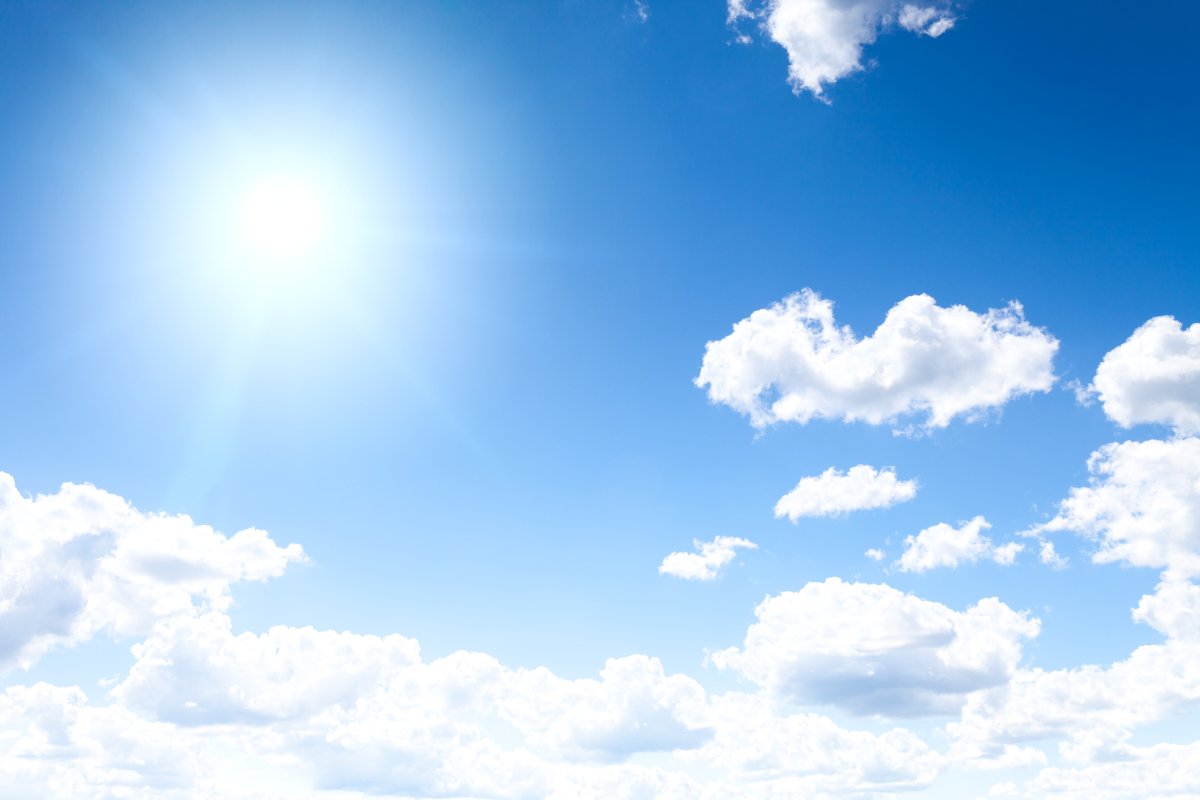Two years ago Thursday, London was digging itself out from 35 centimetres of snow in frigid temperatures as low as -22 C.

That day, two weather records for Feb. 23 were broken; one for the amount of snow on the ground, the other for all-time low temperature.
It wouldn’t be the last time two weather records would break on Feb. 23 in the same year.
On Thursday, forecasters announced Feb. 23, 2017 was officially not just the warmest Feb. 23 recorded in the city, but the warmest February day ever recorded in London, after a temperature of 18.3 C was recorded at London International Airport around 1 p.m.
“The previous record was 17.8 C set in 2000. That was on Feb. 26,” said Ryan Rozinskis, a meteorologist with Environment Canada.
The 18-degree high also broke the daily record for Feb. 23 of 14.1 C set in 1984, he said.
It’s just the latest in a string of shattered high-temperature records in the city over the past week.
On Wednesday, a high of 15.4 C surpassed the old record of 9.1 C set in 1981, while two high-temperature records were broken over the Family Day long weekend.
- ‘Shock and disbelief’ after Manitoba school trustee’s Indigenous comments
- Invasive strep: ‘Don’t wait’ to seek care, N.S. woman warns on long road to recovery
- ‘Super lice’ are becoming more resistant to chemical shampoos. What to use instead
- Canadian food banks are on the brink: ‘This is not a sustainable situation’
According to forecasters, record-breaking temperatures are slated to continue on Friday. London will see cloudy skies and an afternoon high of 13 C, which is expected to move past the previous record of 10.6 C set in 1961. Things will cool off over the weekend with expected highs of 6 C and 3 C on Saturday and Sunday, respectively.
Asked what was causing the unseasonable warmth, Rozinskis said it was the result of a multitude of things coming together at the same time.
“We’re looking at a low-pressure system way in the north that’s bringing in a lot of warm air, (and) we have another system that’s approaching that’s also going to go north of us that’s helping to draw… more warmer air. We’re within the warm air of these systems,” he said, adding the warm temperatures have also been aided by sunny conditions.
Longer-range trends, Rozinskis says, show slightly above-normal temperatures can be expected through March and April.
He notes, however, that all it takes for the cold weather to rear its ugly head is for one system to go “north of us or south of us.”
“Keep the snow shovels handy, (and) the winter tires, and be prepared for winter driving conditions, especially in through (the) London area, or as you go further west, the Great Lakes,” he said. “(You) get some cold air overtop Lake Huron and we can be right back into snow squall activity.”
With files from Matthew Trevithick, Scott Monich







Comments